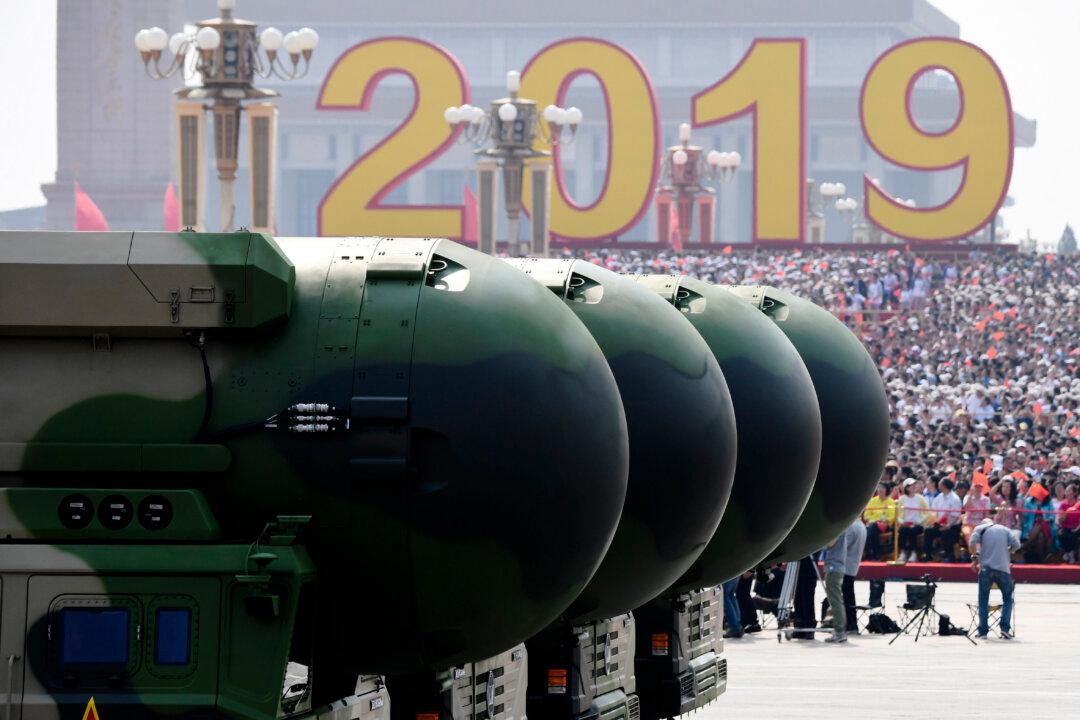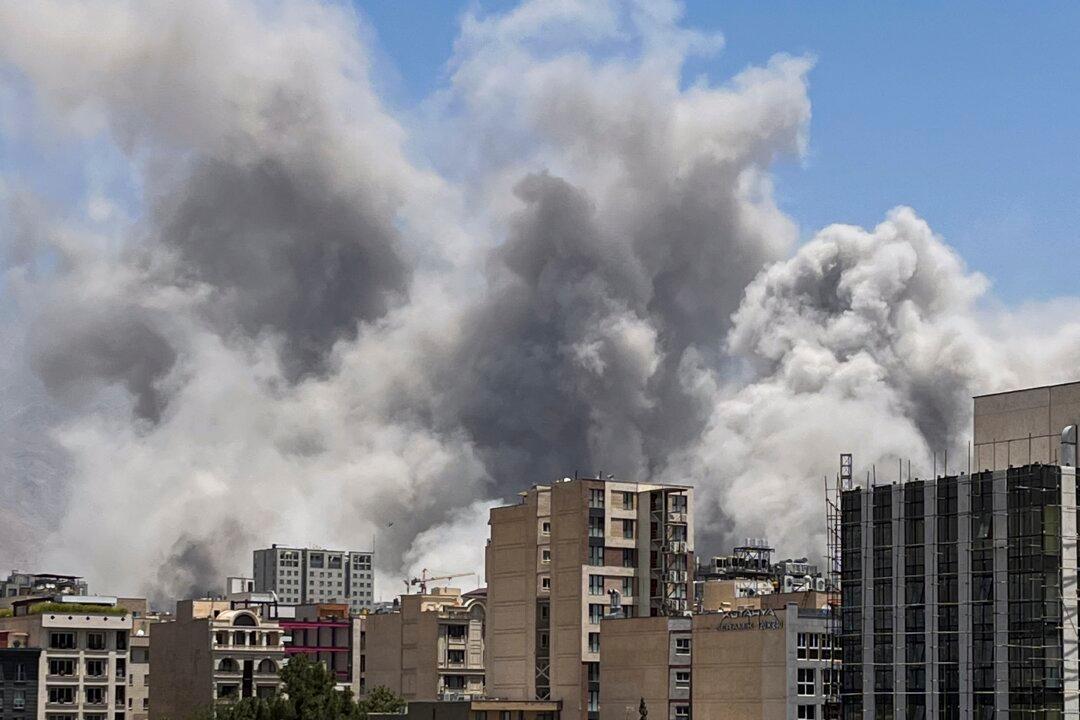Before the communist takeover in the 1917 October Revolution and the ensuing civil war (1917–1922), Russia’s economy was the fifth-largest in the world and the nation was steadily modernizing.
The All-Russian Communist Party (the Bolsheviks), however, envisioned a new social order that would “liberate” the downtrodden masses from oppression, in accordance with the ideas of Marxism. Upon seizing power in major Russian cities, Bolshevik leader Vladimir Lenin decided to “begin without transition to build up socialism” while battling the anti-communist White Army and uncooperative fellow leftists.




